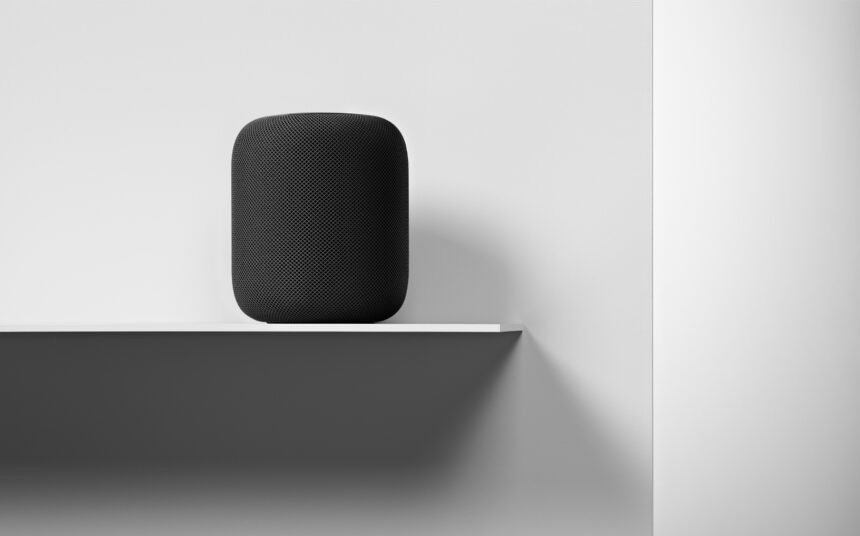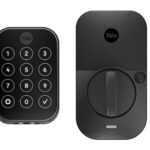After creating buzz around the Apple HomePod speaker at their Worldwide Developers Conference (WWDC) in June of 2017, the Cupertino company has announced their first play in the voice-activated speaker game will be available for pre-order on January 26 and reach the shelves of Apple stores and resellers on February 9. HomePod will be priced at $349 in its space gray and white color variations, with availability in the US, UK, and Australia.
Since Apple revealed their plans for HomePod, a wide range of voice-activated speakers have reached the market, with Amazon greatly expanding their Echo speaker line and Google adding to its Google Home speaker line. Furthermore, established consumer audio companies such as Sonos, Sony, Harmon Kardon, JBL, and others have brought voice-activated products to market since then.

But as we suggested in our initial look at HomePod last June, we think Apple is positioning their speaker no so much as an answer to the lower-cost Amazon and Google speakers, but as a legitimate, higher-fidelity multi-room audio alternative to the well-established Sonos system. Sonos continues to be our hands-down recommendation for this genre of technology, not only due to its high audio fidelity and extreme ease of use, but also for its broad range of supported audio services—unmatched by that of any other wireless speaker line. Unfortunately, Apple will not deliver that multi-room audio capability as HomePod begins shipping, and says the feature will come later in 2018 as a software update.
Apple will struggle mightily with Sonos on the available music services, as Apple Music will be the primary cloud-based music service on HomePod at launch. For consumers with existing iTunes libraries, all of that music content will also work on HomePod.
Competing against the vast library of Amazon Alexa skills and the growing integrations with the Google Assistant, the Apple Siri voice assistant built into HomePod enters the market at a handicap with respect to available commands. An unknown at this point will be the adoption rate of the new SiriKit by iOS app developers. SiriKit uses the Siri assistant to enable control of iOS apps that have integrated the required extension into their code base. That span of control works across SiriKit Messaging, Lists, and Notes content types, and can be manifested in apps by sending messages, sending payments, placing phone calls, and more.
HomePod will also extend voice control to the Apple HomeKit smart-home accessory domain and the Apple Home app, so will help promote the expansion of HomeKit accessories into homes. Additionally, HomePod can function as a HomeKit hub, which enables extended scene functionality and remote access to HomeKit accessories. So, easily-issued voice commands can be used to control applicable thermostats, lighting, smart plugs, and myriad other HomeKit-compatible accessories from inside as well as beyond the walls of the connected home.
Apple says HomePod availability will also be expanded into France and Germany in Spring 2018.







